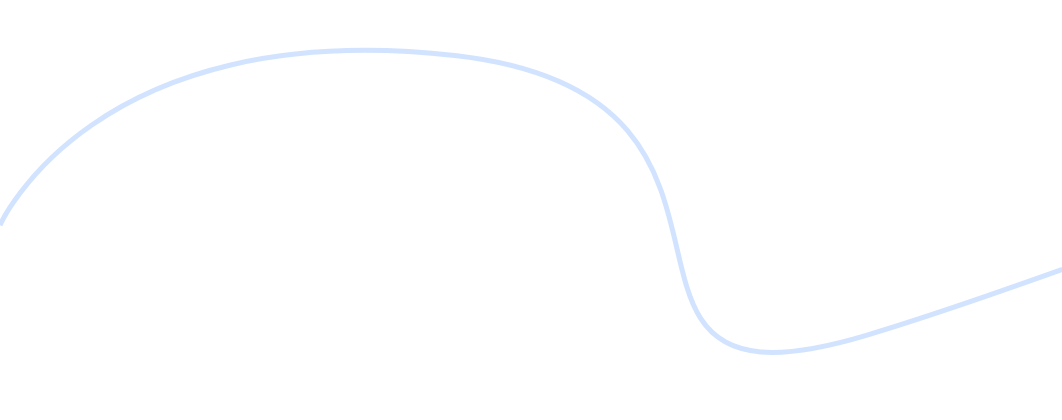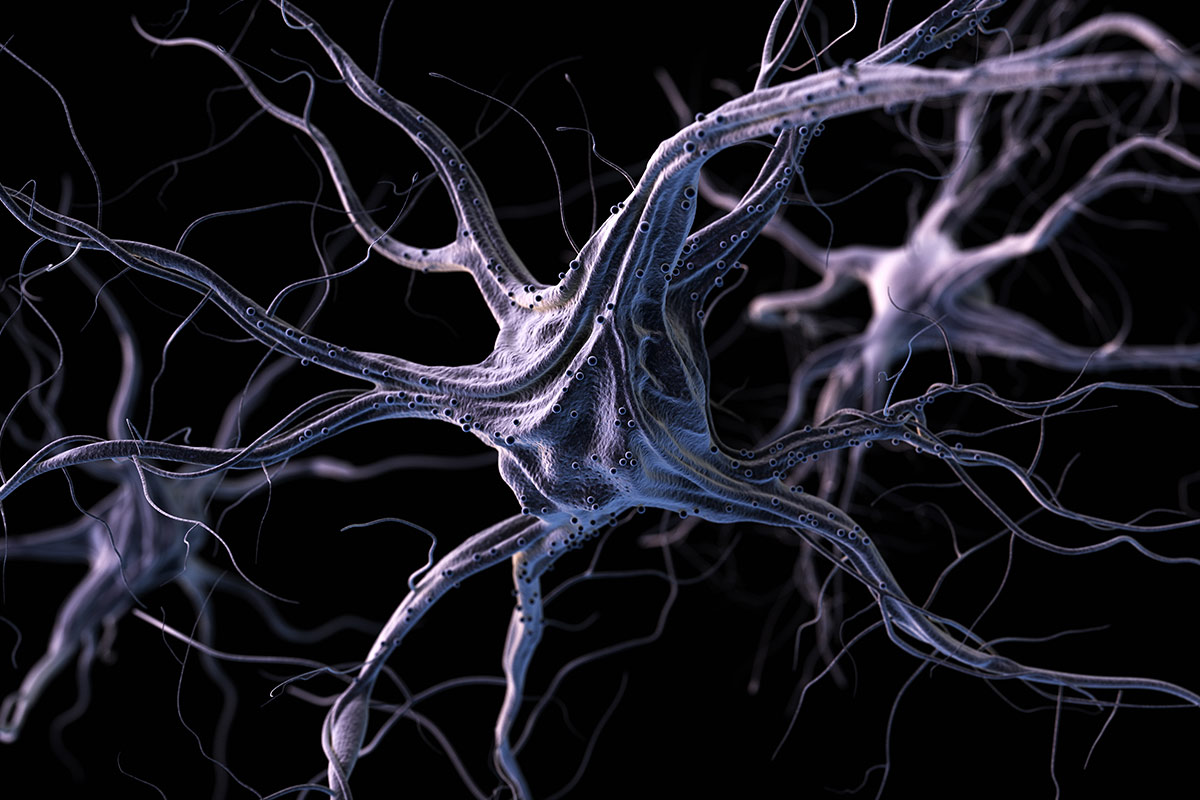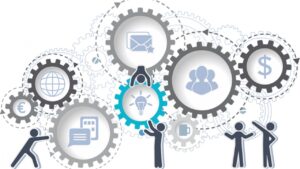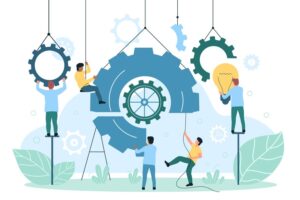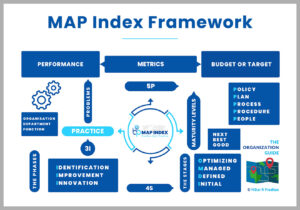Be flexible in thinking and rigid in decision — Kayode Seyi Tayo
Thinking is so fundamental to our well-being. We take thinking for granted as it is automatic. We cannot stop thinking. It is not just about our physical being but our mental being as well. Thinking does affect us holistically. We simply don’t realize the process of thinking which is manifested in multiple ways. We think consciously and we also think subconsciously. The subconscious thinking is more potent than the conscious one just that it is not readily available. We think rationally and we think irrationally. By nature as humans we are irrational creature. We think intuitively and we think emotionally. Neither of it we have a control. We think linearly and we think non-linearly. Primarily, we think linearly though things around us so non-linear in nature, there is an inherent paradox. We do latent thinking and we think tangentially which is not immediately obvious. We adopt convergent thinking to that of divergent thinking. We think critically and we think creatively. We mix and match to suit the situation we are in, it all depends.
There is no hard and fast rule, one fit solution to thinking and taking decisions. There are a plethora of things at work. We have to work our ways into the process of thinking and working our ways out of making decisions. All these things are done by our mind and processed by our brain. The process of thinking is the most part of our brain. Mind is an elusive idea while brain remains the main body behind the power of mind. The mind derives its power from the billions of neural network at work. The more we exercise our brain much like the other muscles in our body, the muscles in our brain also develops and grows. It all starts with our sense experience thorough perception. We have the chemical and electrical processing of that information that happens in our brain.
The quintessential question is how exactly does our mind thinks and takes decisions.
- Is there a way to make the right decisions every time?
- How can our mind make the decisions that are always right for us?
- Is it possible at the first place?
One thing is pretty clear that no one can guarantee anyone in taking the right decisions every time we make a decision. We will all take decisions and we all make mistakes, no one is spared from the cycle of taking decisions and making mistakes. It is such an integral part of our existence. The only difference is how to make lesser mistakes and also how to learn from those mistakes and improve in taking our future decisions. Hence, we need to understand the mechanics behind the process of making decisions so as to have a better say on those parameters which are under our control. In fact there are so many other factors that are at play which we simply don’t have any control, we are bound to get driven and if we divert our energy to those places then our decisions literally goes for a toss. We need to be cognizant of such trickeries. Mind does play its nefarious game and if we are not vigilant, we tend to fall prey to such divergent tactics that trap us in its web of thought and we miss the real plot.
There is a scientific process that is entailed to our decision making methodology. Equally so, there are many latent aspects that we have no clue. Hence, we term certain parts of our decision making process as rational in nature and there are other parts that we brand it as intuitive in nature. The former part we explain and reason out why did we take it and the way we took it but when it comes to later part we have actually no idea, the decision just came from nowhere as if we took it without we even thinking on it. This is something that we get a feeling but we have thought over it subconsciously. We don’t realize it. When we are asked we say we really don’t know how and where from that decision arrived so we usually term it as instinctive. The rational decision that we take we usually have time and we do so with reasonable amount of information at our disposal These rational decisions are unlike the intuitive decisions where we virtually have no time to respond, hence we react to that moment, it is a quick reflex in our thinking and very little information available at the time of taking those decisions.
These situations are like that only where we have to take decisions in split seconds and if we don’t, we are either going to get hurt or get harmed or lose something significant, we are left with no choice but to act with some decisions. This is in a way nature forces us to take the decision right then and there. It is a kind of litmus test to our process of taking decisions. We even get stress test. Also, many times decisions are not just rational or intuitive in nature but those decisions are emotionally soaked and baked. The moment emotion comes into picture, the rationality gets a backseat. Our decisions get questioned.
Once again the moot question is how our decisions get rationally or emotionally influenced. It is often said to us that we should keep emotion out of purview when taking decisions. The answer is that practically possible. Can we keep emotions completely away from our decision making process and can we take pure rational decisions. Really speaking, it is impracticable to put both in two separate compartments. How different is creative thinking from rational thinking? When we are thinking rationally we have certain logical pattern and standard reasoning methods to follow and arrive at our conclusion. That is not to be the case when we are thinking creatively where we throw all these standards and existing patterns out of the window and we create new windows to look at the world.
We break away from our routine. We move away from our comfort zone. We step into unknown territories. We venture into new terrains. We expose our mind to a new realm of thinking. The beauty about our brain is that it has been there are for millions of years, it has seen innumerable things and faced umpteen circumstances to know how to adopt something new or adapt to a new situations. The ability of our mind to adapt is there deep within us just that it needs some time and space to accommodate the new patterns into its existing repository. There is part of our brain like the cerebellum in the back side which is from our primordial time and there are parts of brain which is prefrontal cortex in the front side more suited to the demands of present time.
There are parts of our mind which is actively thinking that has thoughts in its conscious memory. There are parts of our mind which is passively thinking that has thoughts lying in its subconscious memory. The thinking process is intriguingly linked to the power of our memory. The working of our memory is not so simple in its functioning as it appears. There is a fundamental difference. The difference is that of the conscious part of our memory which is directly and easily accessible but the subconscious part that isn’t so direct available to us and not so easily accessible. Many such thoughts from our memory that we fetch though we all experience but we all find it somewhat inexplicable. These are the things that come from the subconscious part of our memory, something we cannot explain it in anyway. We keep facing different denominations of problems and keep encountering different types of situations in life.
How do we decide where to take what kind of decisions?
As decisions come in so many different designations. For instance where to take a rational decision and where to take a creative decision, where to blend them both and where to include emotions and where to exclude emotions and how to incorporate the intuitive part to make the overall decision process robust and reliable. As by nature we are irrational creature how do we bring rationality to our decision making process. We are creative when we keep our rationality at bay. We are rational when we keep emotion at a distance. We are intuitive when we are gusty and spontaneous. We are rational when we are calm and composed.
There are simple decisions that we take and there are complex decisions to make. We have decisions where we have many options and decisions where we are left with just a binary option. Decisions come in all possible hues and colors from high value-low impact to low value-high impact to low value-low impact to high value-high impact. We cannot apply the same frame of thinking to look at all these different set of decision making situations. Each needs a different look, some closer, some from a distance and some a mixed look. We need to find it for ourselves.
Thinking isn’t something that we all can have full mastery but we can learn and evolve as we keep taking decisions. We learn by learning about thinking and knowing about the dynamics of decision making process. We learn by gaining experience and we do so by getting more exposure. We learn by taking more decisions. Some decisions are right but many don’t go the right way. We learn from our mistakes. There are situations where a novice taking an intuitive decision comes with flying colors whereas an expert with all its reasoning falters in taking the right decisions. We cannot be right every time nor can we be wrong every time when we take a decision. We cannot always be taking arbitrary decisions. We cannot always be relying on our gut feeling. We cannot be wearing our logical hat to take decisions. We cannot be approaching every problem from a creative lens.
The key questions that need to be answered;
- How do we follow a middle ground?
- How to approach at decision making process in a more balanced manner?
The answer is we need to follow a proven framework to decision making process to simplify and ease our way in taking those decisions. It is the decisions that come out of that system can significantly enhance the probability of its success. We cannot be always guessing and waiting for the coin to fall in our favor. We cannot be operating in full uncertainty. We need certain degree of certainty to ascertain our decision making process. We cannot be always taking decisions that are ad-hoc in nature. We cannot be always taking decision based on every piece of information.
Thinking cannot happen in isolation or in absolute term. There is so much noise out there and things are always in relative nature. We choose one option against the other. We take a decision faster to have advantage over the time. We delay decisions to learn from other’s mistakes. We weigh our options in situation to situation and case to case problem that we face. We take decisions to correct our mistake not waiting for long to prolong facing the consequences. There are times we take a decision and we realize it is a mistake but we don’t retreat or take recourse to change. Nothing can be done. We are doomed to fail and face the consequences.
Decisions have pride and decisions have ego. We take decisions to power our pride and we take decisions as sabotage to our ego. Decision making process is such a complex body of work we keep grappling and the process of thinking is the mother of all complexity…we can never find a perfect resolution to such a problem, we have to live with the imperfections and learn how to keep perfecting our percolating thoughts. The thoughts are a product of our belief that we carry from our cultural cultivation and whatever we may do at the surface level for our thinking to improve we can do so much and not farther unless we change our core belief system which drives the way we think, we take decision and ultimate the way we act…


